Rapid-growth Algae Biomass + HydroCarbon Splitting
Provides a new economic driver
for Green Industry + Green Jobs
By JanB46 – Own work, CC BY-SA 3.0, https://commons.wikimedia.org/w/index.php?curid=16863305
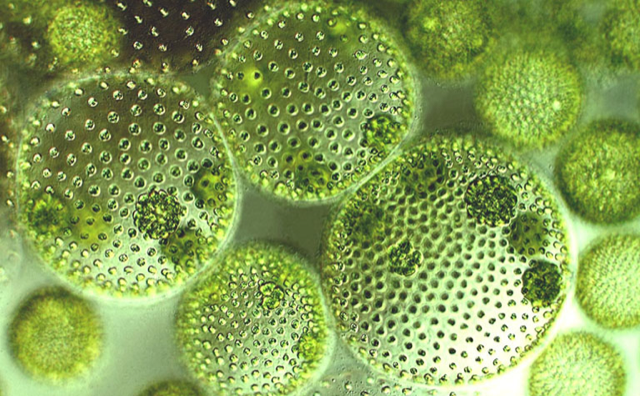
Algae-Biomass + HydroCarbon Splitter™
is a FuSE™ Project with 3 objectives.
1
Draw down atmospheric CO2 at a scale that will impact climate change.
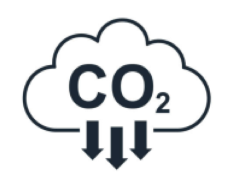
2
Produce large quantities of green hydrogen that will meet the Department of Energy Hydrogen EarthShot goal of $1 per 1 kilogram in 1 decade.

3
Stop burning carbon.
Instead, harvest and invest it in infrastructure, renewable energy generators, consumer durable goods—and clean air.

Algae Biomass Farming + HydroCarbon Splitting™
can be co-located and integrated
with sustainable algae food production
In desert food-and-energy oases
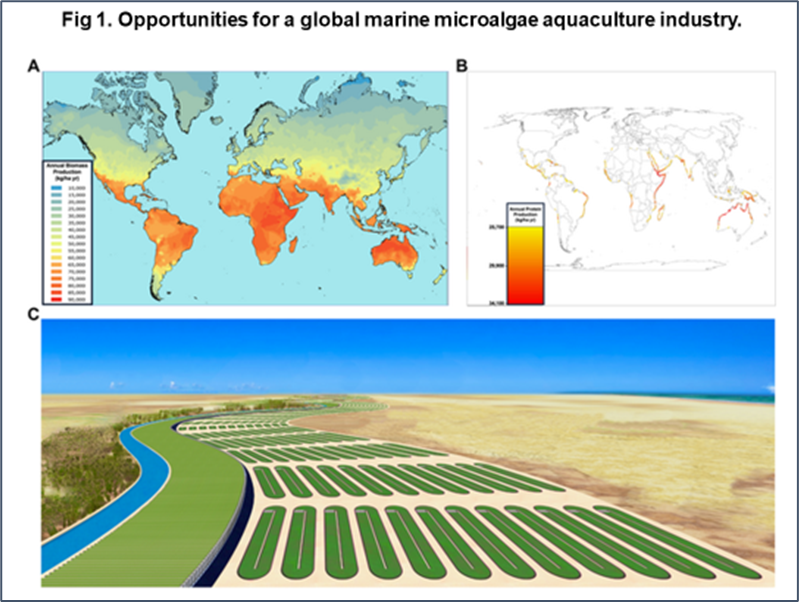
Greene CH, Scott-Buechler CM (2022) Algal solutions: Transforming marine aquaculture from the bottom up for a sustainable future, PLOS Biology 20(10): e3001824. The graphic is an artist’s concept of an algae-biomass farm on desert land fed by an ocean water canal
Charles Greene & Celina Scott-Buechler report in PLOS Biology that algae farming becomes a powerful climate solution when its CO2 drawdown capacity is paired with increased global food production and water reclamation.
On floating SOTEC sea-based systems
SOTEC: Supplemental Ocean Thermal Energy Conversion
This map shows the global thermal zones where traditional OTEC (Ocean Thermal Energy Conversion) is identified as possible.
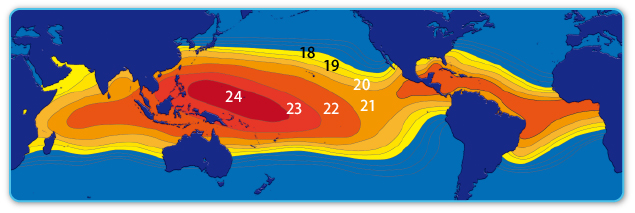
IRENA Ocean Energy Technology Brief 1, June 2014, International Renewable Energy Agency (IRENA).
McAlister’s SOTEC uses added solar and geothermal methods. This extends the potential for ocean-based algae-farming and energy production capabilities to the coasts of Japan, North America, South America, and Europe. SOTEC systems can also be sited in international waters.
Harvesting abundant energy, food, water, hydrogen, and carbon resources provides a new green economy driver for coastal economies. All done with zero-emissions technology.
SOTEC installations improve efficiency in energy production. They also create ideal thermal growing zones for algae biomass production.
“Today’s global food production system is unsustainable.
Shifting the focus of marine aquaculture down the food chain to algae could help meet projected global nutritional demands while simultaneously improving overall environmental sustainability and ocean health.”
Desert and Ocean Algae Biomass + HydroCarbon Splitter™
multi-use farms offer a power solution to the
Energy-Carbon-Water-Food Nexus

In urban settings, vertical farming can have multiple layers of
- biomass algae energy crops,
- food crops, and
- fisheries.
The addition of a HydroCarbon Splitter™ completes a zero-emissions, green economy food and energy system.

This integrated system produces
- food,
- pure water,
- fertilizer,
- harvested hydrogen & carbon,
- and electricity.

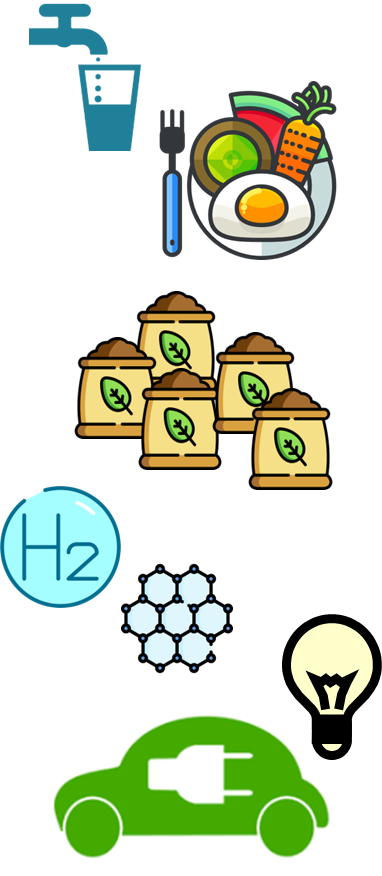
Image Credits Credits
Image Credits Credits
We envision a worldwide network of algae biomass farms.
- Urban vertical farms.
- Coastal seawater farms.
- Desert farms using saline aquifers and seawater canals.
- Ocean-based energy-food-carbon-and-water production platforms.
This network will connect algae farms of all sizes around the world in the enterprise of converting CO2 from the atmosphere and the oceans into sustainably produced food, water, energy, and durable carbon for manufacturing.
- Small community farming coalitions feeding a regional HydroCarbon Splitting hub.
- Urban farms producing food, water, and biomass for onsite or nearby municipal HydroCarbon Splitting operations.
- Large agribusinesses adding algae biomass-sourced hydrogen and carbon commodities to their product lines.
Distributed algae-biomass farming and HydroCarbon Splitting scales up to the magnitude needed to achieve Net-Zero climate solutions.
- Hydrogen at volumes that can achieve widespread electrification with zero emissions.
- Atmospheric and oceanic CO2 drawdown at the scale and speed needed to reach IPCC projections for staying under 1.5° C.
- Harvested carbon that creates lucrative business opportunities in industries including semiconductors, electronics, construction materials, renewable energy equipment, auto and airplane parts, and consumer durable goods.
Climate change is a planet-wide problem.
A scalable global response is needed to solve it.
The Big Idea
Helpful Links

